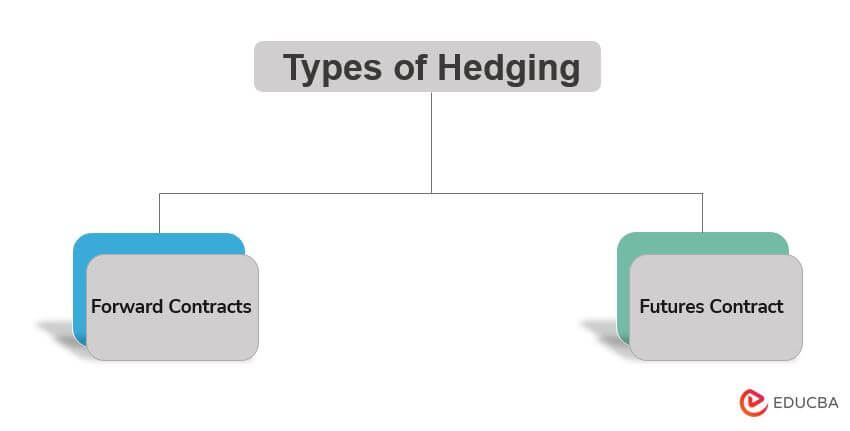Updated July 5, 2023
What is Hedging
Investors, whether individuals or corporations and institutions, widely use hedging as a renowned risk management tool to actively manage the risk that arises from their investment and credit decisions, particularly Market Risk and Credit Risk. In other words, hedging acts as insurance against potential losses arising out of adverse movements leading to deterioration in the value of an investment.
Explanation
Individuals and big corporations utilize various hedging tools and advanced hedging strategies as part of their risk management practices. It is crucial to note that hedging is undertaken not to generate additional gains but to safeguard against potential losses. Using hedging tools incurs business costs, resulting in reduced profits compared to those without hedging. Also, it is not free but has a price attached to it which also needs to be well understood and analyzed before one enters into hedging to reduce or minimize the risk of adverse events on the investments. It is pertinent to note here that hedging is not confined to investments and big credit decisions undertaken by big organizations, financial institutions, etc. It is part of an individual daily life where hedging is done to minimize risk.
How is it hedging work?
To hedge against support, one must acquire an offsetting position in a different asset that has a negative correlation with that support. To put it in simple words, let’s understand a bank buys a bond of Company XYZ, which makes it entitled to receive fixed coupons and Principal payment at the end of the tenure of such bonds. However, the bank will lose the whole of the coupons and principal if Company XYZ defaults or goes bankrupt. To hedge this risk bank buys a Credit default swap (CDS) against such a company by paying the premium amount to the CDS issuer, which entitles the bank to receive the proceeds from the CDS issuer in case the company defaults. Thus, as a risk management strategy, it helps offset the loss in investment in Bonds by offsetting gain through the receipt of proceeds from the CDS issuer.
Examples of Hedging
Let’s understand it with the help of a simple example.
ABC Limited is in the business of exporting software systems and usually receives payment in USD. Due to the company’s six-month payment reception cycle, services rendered on January 1, 2020, will result in payment on June 30, 2020. The company has receivables amounting to $100000 as of 01.01.2020 when the USD/INR rate is 73. The company expects the rupee to appreciate against the dollar (an appreciation of the rupee against the dollar implies that the price of 73 as of now will fall further, leading to lower rupee inflow for the business) in the coming months, and as such, decided to hedge its dollar receivables by entering into a forward contract of six-month expiry at USD/INR rate of 73.70.
Thus by entering into a Forward Contract ( Hedging tool), ABC Limited removed its foreign exchange risk arising out of a change in the value of USD/INR; However, it is important to keep in mind that by signing a forward contract at the agreed-upon rate, in this case, 73.70, ABC Limited has first incurred a cost of hedging by paying the premium. Second, it has limited the profit that would have resulted in the event that after six months, the USD/INR rose above 73.70 (as ABC Limited will only receive 73.70 as the USD/INR rate).
Types of Hedging
It can be of different types; however, all have the same objective to minimize risk and protect gains to some extent. The popular hedging types are namely:
- Forward Contracts: This is a customized OTC (Over counter) bilateral contract with customized terms and conditions agreeable to the two counterparties which have entered into hedging. It is possible that one of the two counterparties may not be a hedger but a speculator as well. These types of contracts carry a high level of counterparty credit risk.
- Futures Contract: To hedge against support, one must acquire an offsetting position in a different asset that has a negative correlation with that support. For each Futures contract, the other counterparty is CCP. These contracts carry a limited level of counterparty credit risk due to the involvement of CCP in each contract and are a low-risk hedging strategy; however, it lacks customized features due to its inherent, standardized part.
Strategies of Hedging
There are various Hedging strategies that investors and producers can opt for depending on their ultimate objective and risk appetite. Additionally, hedging tactics differ depending on whether they are used with futures, forwards, or options; each has a range of costs and accessible options; one must choose the one that best suits their needs.
Advantages
It offers multiple advantages. A few noteworthy are enumerated below:
- It helps in the reduction of risk for the business.
- It helps companies focus on their strengths and better manage other risks externally.
- It involves using derivatives, which generally can be either Options and Futures or a combination of both.
Disadvantages
Despite its multiple advantages suffers from certain shortcomings, as enumerated below:
- It is a costly affair which means it has a cost. In some cases, the price outruns the benefits, sometimes raising whether it is advisable or the business should keep a partial hedge and risk position.
- It leads to reduced profitability or capping the profit potential for the business.
- It is not available for all types of investments and asset classes. Also, identifying a perfect hedge for each asset class is challenging. In many instances, correlation changed dramatically in case of catastrophic events when hedging was most needed as a risk management tool.
- It requires the use of specialized skills and a workforce and, in the absence, sometimes results in wrong-way risk for the business.
Recommended Articles
This is a guide to hedging. Here we also discuss the definition, how hedging works, and its advantages and disadvantages. You may also have a look at the following articles to learn more –





